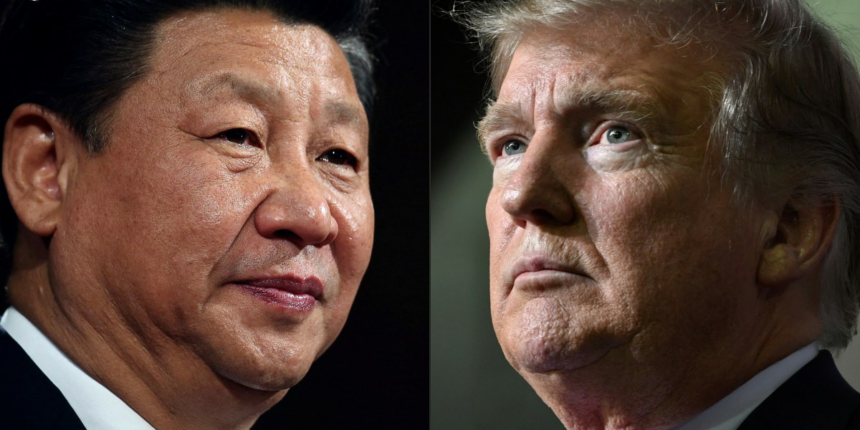This weekend President Trump laid down the law on what he wants from China in order to ease restrictions in the tit-for-tat tariff war which has been ramping up since he returned to the Oval Office. But for all the president’s demands, his leverage over Beijing is showing cracks as the Chinese economy continues to go from strength to strength.
“I want China to stop with the fentanyl, very normal things. I don’t want them to play the rare earth game with us.”
The president also framed his demands within a context of Chinese businesses paying high prices to continue shipping to U.S. consumers. He explained: “I have a very good relationship with President Xi of China, we’re having disputes on things. They’re paying us a lot of money—tremendous amounts of money in tariffs—and they’d probably like it to be less and we’ll work on that, but they have to give us some things.”
He continued: “They’re paying an unbelievable amount of money to the United States, they probably can’t pay that much, and I’m OK with that, we can lower that, but they have to do things for us too, it’s no longer a one-way street.”
President Trump’s tariff plan is indeed generating billions for the U.S. government, with many analysts putting the figure at about $350 billion per year. On the other hand, while economists are largely in agreement the economic sanctions will generate meaningful sums, they are divided on whether foreign businesses will eat the costs or whether the hikes will simply be passed on to U.S. consumers. Data suggests the majority of businesses are planning to pass their costs on.
The National Bureau of Statistics for China wrote this morning that its gross domestic product (GDP) in the first three quarters was up by 5.2% year on year at constant prices. Growth in Q3 was 4.8%, and although that represented a slowdown it was still greater than expectations. Breaking that down further, its primary industries were up 3.8% year on year, the secondary industry was up by 4.9% and its tertiary industry was up by 5.4%. The CSI 300 was up 0.53% on the news.
“The national economy demonstrated strong resilience and vitality,” the report added.
According to data released by the General Administration of Customs last week, China’s shipments to the U.S. fell 27% in September, the sixth month of double-digit declines to its once most valuable customer. Meanwhile it charted strong growth to areas like the European Union (currently operating under a 15% tariff rate from the White House), leading to export growth to non-U.S. countries of 14.8%. The shift away from the U.S. means exports are actually up 8.3% in September compared with a year ago, raking in $328.6 billion—its highest total for 2025 so far.









